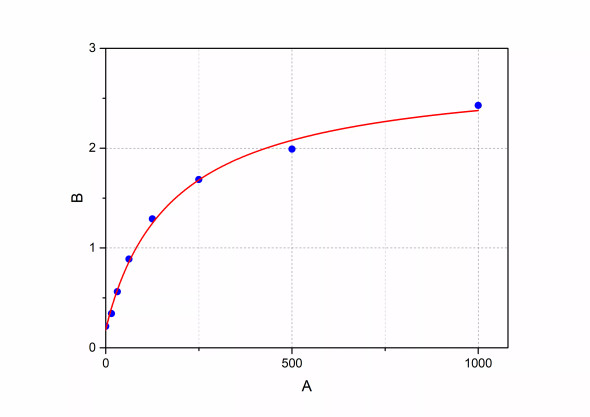Feiyuebio
FY-EU4560 HIS(Histamine) ELISA Kit
- SKU:
- FY-EU4560
- Weight:
- 0 KGS
- Shipping:
- Calculated at Checkout
Description
Synonyms: Histamin
|
Product Name |
HIS(Histamine) ELISA Kit |
|
Catalog NO. |
FY-EU4560 |
|
Reactivity |
Universal |
|
Assay Length |
3h |
|
Detection Range |
1.23-100ng/mL |
|
Detection Method |
Competitive Inhibition |
|
Size |
48T, 96T |
|
Storage |
2-8 ℃ for 6 months |
|
Sensitivity |
<0.52ng/mL |
|
CV(%) |
Intra-Assay: CV<10% Inter-Assay: CV<12% |
|
Note |
For Research Use Only |
HIS(Histamine) Basic information
Histamine is an organic nitrogenous compound involved in local immune responses, as well as regulating physiological functions in the gut and acting as a neurotransmitter for the brain, spinal cord, and uterus.Since histamine was discovered in 1910, it has been considered as a local hormone (autocoid) because it lacks the classic endocrine glands to secrete it, however, in recent years, histamine has been recognized as a central neurotransmitter.
Histamine is involved in the inflammatory response and has a central role as a mediator of itching. As part of an immune response to foreign pathogens, histamine is produced by basophils and by mast cells found in nearby connective tissues. Histamine increases the permeability of the capillaries to white blood cells and some proteins, to allow them to engage pathogens in the infected tissues.It consists of an imidazole ring attached to an ethylamine chain; under physiological conditions, the amino group of the side-chain is protonated.
HIS(Histamine) ELISA Kit Test method
This kit was based on Competitive-ELISA detection method. The microtiter plate provided in this kit has been pre-coated with target. During the reaction, target in the sample or standard competes with a fixed amount of target on the solid phase supporter for sites on the Biotinylated Detection Antibody specific to target. Excess conjugate and unbound sample or standard are washed from the plate, and HRP-Streptavidin (SABC) is added to each microplate well and incubated.
Then TMB substrate solution is added to each well. The enzyme-substrate reaction is terminated by the addition of a sulphuric acid solution and the color change is measured spectrophotometrically at a wavelength of 450nm. The concentration of target in the samples is then determined by comparing the OD of the samples to the standard curve.












